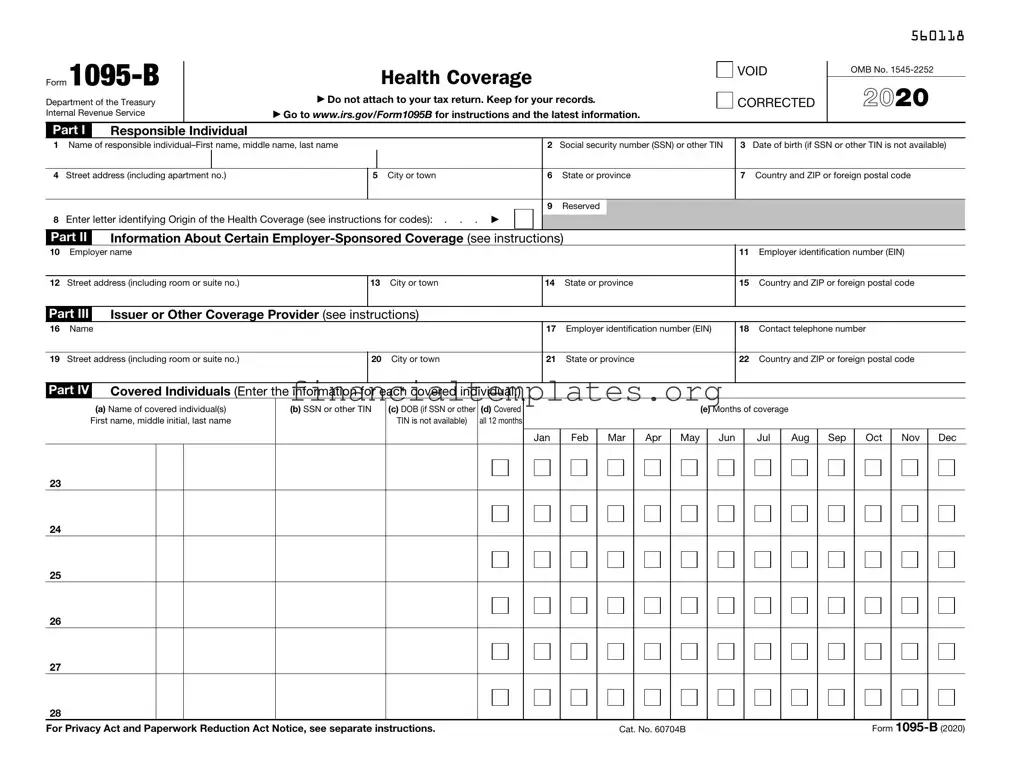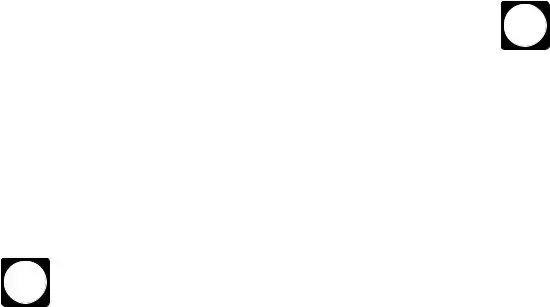Instructions for Recipient
This Form 1095-B provides information about the individuals in your tax family (yourself, spouse, and dependents) who had certain health coverage (referred to as “minimum essential coverage”) for some or all months during the year. Minimum essential coverage includes government-sponsored programs, eligible employer-sponsored plans, individual market plans, and other coverage the Department of Health and Human Services designates as minimum essential coverage.
Before 2019, individuals who did not have minimum essential coverage and did not qualify for an exemption from this requirement could be liable for the individual shared responsibility payment. Beginning in 2019, individuals will not be responsible for the individual shared responsibility payment because the payment amount is reduced to $0. However, if individuals in your tax family are eligible for certain types of minimum essential coverage, you may not be eligible for the premium tax credit. For more information on the premium tax credit, see Pub. 974, Premium Tax Credit (PTC).
Providers of minimum essential coverage are required to furnish TIP only one Form 1095-B for all individuals whose coverage is
reported on that form. As the recipient of this Form 1095-B, you should provide a copy to other individuals covered under the policy if they request it for their records.
Additional information. For additional information about the tax provisions of the Affordable Care Act (ACA), including the individual shared responsibility provisions, and the premium tax credit, see www.irs.gov/ACA or call the IRS Healthcare Hotline for ACA questions (800-919-0452).
Part I. Responsible Individual, lines 1–9. Part I reports information about you and the coverage.
Lines 2 and 3. Line 2 reports your social security number (SSN) or other taxpayer identification number (TIN), if applicable. For your protection, this form may show only the last four digits. However, the coverage provider is required to report your complete SSN or other TIN, if applicable, to the IRS. Your date of birth will be entered on line 3 only if line 2 is blank.
Line 8. This is the code for the type of coverage in which you or other covered individuals were enrolled. Only one letter will be entered on this line.
A. Small Business Health Options Program (SHOP) B. Employer-sponsored coverage
C. Government-sponsored program D. Individual market insurance
E. Multiemployer plan
F. Other designated minimum essential coverage
G. Individual coverage health reimbursement arrangement (HRA)
If you or another family member received health insurance TIP coverage through a Health Insurance Marketplace (also known as
an Exchange), that coverage will generally be reported on a Form 1095-A rather than a Form 1095-B. If you or another family member received employer-sponsored coverage, that coverage may be reported on a Form 1095-C (Part III) rather than a Form 1095-B. For more information, see www.irs.gov/Affordable-Care-Act/Questions-and-Answers-About-Health- Care-Information-Forms-for-Individuals.
Line 9. Reserved.
Part II. Information About Certain Employer-Sponsored Coverage, lines 10–15. If you had employer-sponsored health coverage, this part may provide information about the employer sponsoring the coverage. This part may show only the last four digits of the employer’s EIN. This part may also be left blank, even if you had employer-sponsored health coverage. If this part is blank, you do not need to fill in the information or return it to your employer or other coverage provider.
Part III. Issuer or Other Coverage Provider, lines 16–22. This part reports information about the coverage provider (insurance company, employer providing self-insured coverage, government agency sponsoring coverage under a government program such as Medicaid or Medicare, or other coverage sponsor). Line 18 reports a telephone number for the coverage provider that you can call if you have questions about the information reported on the form.
Part IV. Covered Individuals, lines 23–28. This part reports the name, SSN or other TIN, and coverage information for each covered individual. A date of birth will be entered in column (c) only if the SSN or other TIN is not entered in column (b). Column (d) will be checked if the individual was covered for at least 1 day in every month of the year. For individuals who were covered for some but not all months, information will be entered in column (e) indicating the months for which these individuals were covered. If there are more than six covered individuals, see Part IV, Continuation Sheet(s), for information about the additional covered individuals.


